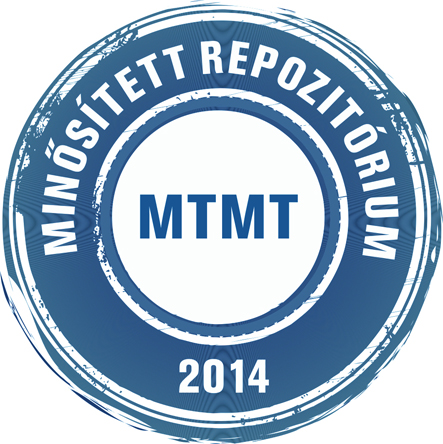Mendez Garzón Fernando Arturo; Valánszki István: Environmental armed conflict assessment using satellite imagery. In: Journal of environmental geography, (13) 3-4. pp. 1-14. (2020)
Előnézet |
Cikk, tanulmány, mű
journal_geo_013_003-004_001-014.pdf Letöltés (1MB) | Előnézet |
Absztrakt (kivonat)
Armed conflicts not only affect human populations but can also cause considerable damage to the environment. Its consequences are as diverse as its causes, including; water pollution from oil spills, land degradation due to the destruction of infrastructure, poisoning of soils and fields, destruction of crops and forests, over-exploitation of natural resources and paradoxically and occasionally reforestation. In this way, the environment in the war can be approached as beneficiary, stage, victim or/and spoil of war. Although there are few papers that assess the use of remote sensing methods in areas affected by warfare, we found a gap in these studies, being both outdated and lacking the correlation of remote sensing analysis with the causes-consequences, biome features and scale. Thus, this paper presents a methodical approach focused on the assessment of the existing datasets and the analysis of the connection between geographical conditions (biomes), drivers and the assessment using remote sensing methods in areas affected by armed conflicts. We aimed to find; weaknesses, tendencies, patterns, points of convergence and divergence. Then we consider variables such as biome, forest cover affectation, scale, and satellite imagery sensors to determine the relationship between warfare drivers with geographical location assessed by remote sensing methods. We collected data from 44 studies from international peer-reviewed journals from 1998 to 2019 that are indexed using scientific search engines. We found that 62% of the studies were focused on the analysis of torrid biomes as; Tropical Rainforest, Monsoon Forest / Dry Forest, Tree Savanna and Grass Savanna, using the 64% Moderateresolution satellite imagery sensors as; Landsat 4-5 TM and Landsat 7 ETM+. Quantitative analysis of the trends identified within these areas contributes to an understanding of the reasons behind these conflicts.
| Mű típusa: | Cikk, tanulmány, mű |
|---|---|
| Befoglaló folyóirat/kiadvány címe: | Journal of environmental geography |
| Dátum: | 2020 |
| Kötet: | 13 |
| Szám: | 3-4 |
| ISSN: | 2060-467X |
| Oldalak: | pp. 1-14 |
| Nyelv: | angol |
| Kiadás helye: | Szeged |
| Befoglaló mű URL: | http://acta.bibl.u-szeged.hu/73788/ |
| DOI: | 10.2478/jengeo-2020-0007 |
| Kulcsszavak: | Természeti földrajz, Fegyveres konfliktus |
| Megjegyzések: | Bibliogr.: p. 12-14. ; ill. ; összefoglalás angol nyelven |
| Szakterület: | 01. Természettudományok 01. Természettudományok > 01.05. Föld- és kapcsolódó környezettudományok |
| Feltöltés dátuma: | 2021. nov. 15. 08:36 |
| Utolsó módosítás: | 2022. jún. 28. 11:00 |
| URI: | http://acta.bibl.u-szeged.hu/id/eprint/73881 |
 |
Tétel nézet |



